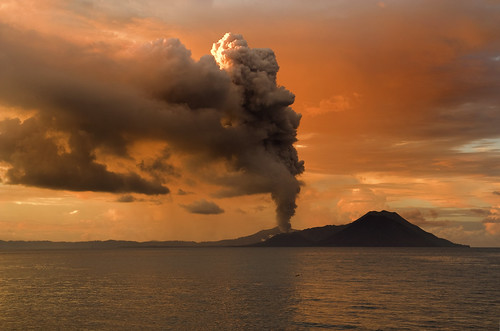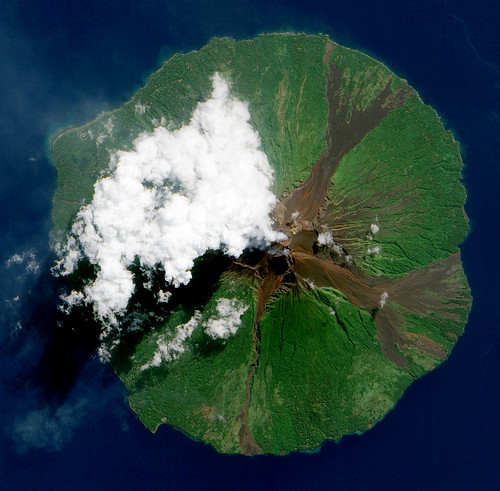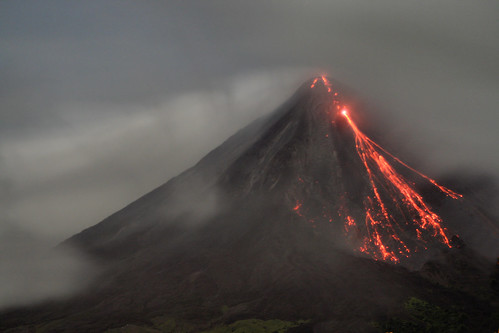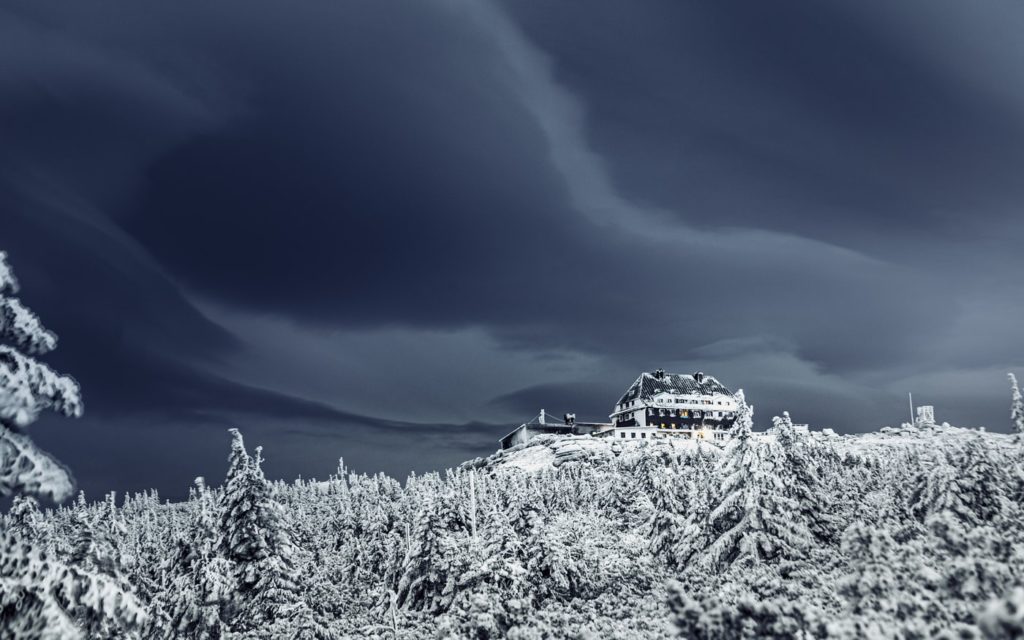As a photographer who calls Hawaii home, I can tell you with great certainty that there are not many things more spectacular than an active volcano. But, the countless photographic possibilities a volcano offers do not come without risk. As majestic as an erupting volcano may look, they can be incredibly dangerous to those wanting to have a gander; especially photographers who, like me, tend to test the limits of a situation whether it be accidental or otherwise. When you're dealing with a mountain that uncontrollably spews molten earth, you can't afford to throw caution to the wind.
Be Informed
If you plan on photographing any type of volcanic activity one of the most important things for you to do is to keep yourself informed. Find a knowledgeable and trustworthy source that can provide with the most current information regarding the activity status and can help you establish where it will be safe for you to photograph from. As a guideline the areas surrounding and including a volcano are generally divided into zones: extreme risk, high risk, medium risk, low risk, and safe risk zones. Make sure you know where each of these zones start and end.
Potential Hazards
Aside from the obvious hot lava, the opportunities to injure yourself and your equipment are boundless. As you can see in the photo above, large plumes referred to as eruption columns, are a common occurrence . They mostly consist of ash, tephra, and steam. Yes, they are awesome when photographed from a distance, but think twice before going in for the close-up. Columns are known collapse which results in a 100 km/h+ rush down the surface of the volcano. Trust me, this is not the kind of sled ride down a mountain you want to go on.
If you are planning on taking some aerial shots, bear in mind that flying into a column is extremely dangerous as volcanic ash causes serious damage to aircraft. Do some research when choosing your tour company. Make sure they have plenty of experience flying in volcanic zones and while you're at it, you may want to tell them what you would like to photograph from the air. Many times the pilots are happy to help you get the shot, safely.
At Hawaii Volcanoes National Park, many people to choose to explore the volcano by foot. If doing so, be sure to stay within the areas marked safe for foot travel. Lava rock is sharp and not very forgiving when you accidentally trip over it or when an unsteady tripod topples over, destroying your lens. Watch where you step, lava rock leads to stitches. Not to mention, there are locations in the park where you can get close enough to molten lava to roast a marshmallow. Now, I like to enjoy a volcano roasted s'more just as much as the next guy, but not at the expense of shoes melting off my feet. So, watch where you step, watch where you stand, and wear a good pair boots.
Another popular perspective to use when photographing lava flows is from the water, especially when the molten lava is flowing into it. These types of shots are always among my favorites. Big Island's own Sean P. King has some enchanting examples over on his Flickr. But, as King points out in some of the comments on his photos, if you're thinking of doing this, go with a professional tour guide. Lava reaches temperatures in excess of 950 Celsius which will create water hot enough to seriously burn, if not cook those coming in contact with it.
Do Your Research
Remember earlier when I said that opportunities to injure yourself are just as plentiful as good photo ops? Well, I meant it and this list is by no means all inclusive. Volcanoes spit out lava, project rocks like missiles through the air (what goes up, must come down!), emit noxious gases, lava tubes can collapse without warning, the list goes on and on. Always know exactly what you are dealing with before taking any risks. If you are unsure of something, ask someone who knows. Do not allow yourself to get into a sticky situation.
And last, but not least, if you're visiting Volcanoes National Park–highly recommend–do as the locals insist and do not take a chunk of lava rock home with you, as tempting as it may seem. Quite frankly, the Volcanoes mail room is tired of getting them back in the mail from tourists who disregarded the legend of Pele and the curse of bad luck bestowed upon anyone who takes a rock from her. You've been warned! Safe shooting!







